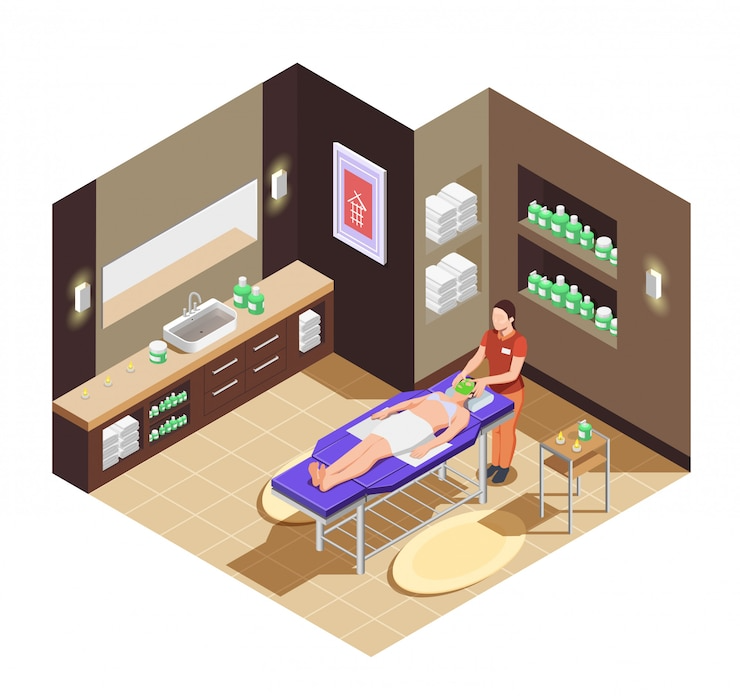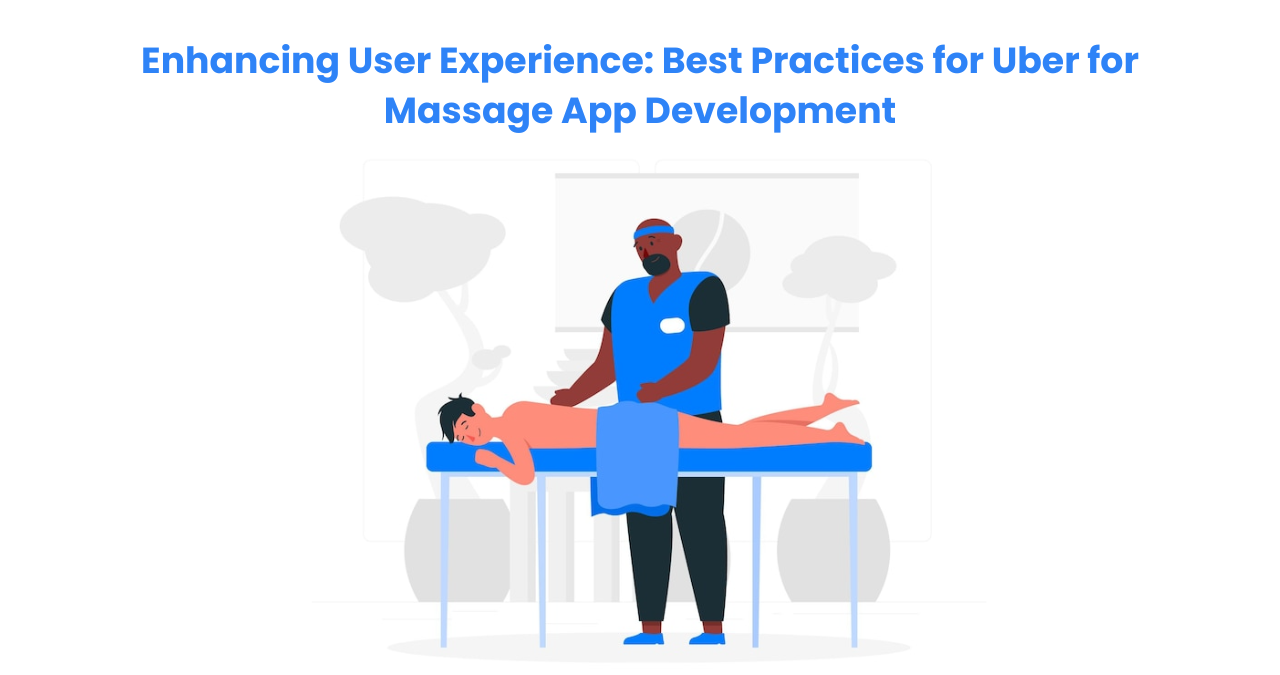The demand for on-demand services has surged in recent years, and the wellness industry is no exception. With people seeking convenience, comfort, and relaxation at their fingertips, Uber for massage apps has gained immense popularity. These apps connect users with professional massage therapists who provide services at home, hotels, or offices, eliminating the need for spa visits.
However, launching a successful Uber for massage app requires more than just a basic booking system. To stand out in the competitive market, developers must focus on enhancing user experience (UX). A seamless, engaging, and user-friendly platform ensures that customers keep coming back while service providers remain satisfied.
In this blog, we will explore the best practices for Uber for massage app development to enhance the overall user experience.
Understanding the Importance of User Experience in Massage Apps
Why User Experience Matters
User experience plays a crucial role in the success of any mobile application. If an app is slow, difficult to navigate, or lacks essential features, users will likely abandon it in favor of a competitor. In the case of an Uber for massage app, an exceptional UX is even more critical because it involves direct interactions between customers and service providers.
A well-designed app:
- Makes booking massages quick and hassle-free
- Ensures smooth communication between users and therapists
- Builds trust through transparent pricing and secure transactions
- Encourages repeat bookings and long-term app usage
Best Practices for Uber for Massage App Development
Seamless Registration and Onboarding
A complicated sign-up process can deter users from engaging with the app. To ensure a smooth start, implement a quick and easy registration process. Users should be able to sign up using:
- Email
- Social media accounts
- Phone number with OTP verification
For massage therapists, onboarding should include a verification process to ensure only qualified professionals are listed on the platform.
Intuitive and Simple User Interface
A clutter-free and visually appealing design enhances the overall experience. Keep the UI simple, with easy navigation and clear buttons for:
- Booking a massage
- Browsing available therapists
- Making payments
- Viewing past bookings
A minimalistic approach ensures that even users unfamiliar with technology can easily use the app.
Advanced Search and Filters
Users should be able to find therapists based on their preferences. Implement a smart search system with filters such as:
- Massage type (deep tissue, Swedish, Thai, etc.)
- Therapist gender preference
- Location
- Price range
- Ratings and reviews
This feature ensures users can quickly find the perfect service provider based on their needs.
Real-Time Booking and Scheduling Flexibility
A successful Uber for massage app must allow users to:
- Book instant appointments
- Schedule sessions for later
- Choose from available therapists in real time
Adding a calendar integration helps users keep track of their appointments while giving therapists the flexibility to manage their schedules.
Transparent Pricing and Secure Payments
Users appreciate apps that display clear and upfront pricing without hidden charges. The app should:
- Provide cost breakdowns before booking confirmation
- Offer multiple payment options, including credit/debit cards, digital wallets, and cash
- Ensure secure transactions through trusted payment gateways
Transparency builds trust, leading to more bookings and better user retention.
GPS Tracking and Location-Based Services
Integrating GPS tracking allows users to:
- View nearby therapists
- Track the therapist’s arrival in real-time
- Get an estimated time of arrival (ETA)
This feature enhances convenience while helping therapists navigate to the user’s location easily.
In-app chat and Communication
Seamless communication between users and therapists is crucial. An in-app chat feature allows:
- Users to discuss preferences before the appointment
- Therapists to confirm special requirements
- Easy coordination without sharing personal contact details
This feature enhances clarity and minimizes misunderstandings.
Ratings, Reviews, and Feedback System
A transparent review system helps users choose the best therapists while maintaining service quality. The app should allow:
- Users to rate and review therapists based on their experience
- Therapists to receive feedback to improve their services
- The platform to moderate and highlight top-rated professionals
Encouraging honest reviews builds credibility and trust among users.
Push Notifications and Reminders
Timely notifications keep users engaged and informed. These can include:
- Booking confirmations
- Upcoming appointment reminders
- Special promotions and discounts
- New therapist availability in their area
Push notifications help retain users and increase booking rates.
Multi-Language and Multi-Currency Support
If you plan to scale your Uber for massage app globally, offering multi-language support ensures accessibility to a broader audience. Similarly, multi-currency payment options make transactions easier for international users.
Loyalty Programs and Discounts
Incentives encourage repeat bookings. Implement:
- Discount codes for first-time users
- Referral programs to invite friends
- Membership plans for regular customers with special benefits
Rewarding loyal users helps in long-term retention and customer satisfaction.
Customer Support and Dispute Resolution
A strong customer support system enhances trust. Ensure that your app offers:
- 24/7 support via chat, email, or phone
- A help center with FAQs
- A quick dispute resolution system for refunds or complaints
Providing excellent support ensures users feel valued and heard.
Future Trends in Uber for Massage App Development
AI and Personalized Recommendations
Artificial Intelligence (AI) can enhance user experience by analyzing user preferences and suggesting:
- Suitable massage therapists
- Preferred massage types
- Personalized wellness plans
Integration with Wearable Devices
Future apps may integrate with smartwatches and fitness trackers to monitor:
- Stress levels
- Heart rate
- Sleep patterns
This data can help users book massages based on their wellness needs.
Virtual Reality (VR) for Guided Relaxation
Some apps are exploring VR-based relaxation techniques where users can experience guided meditation before their massage session for enhanced benefits.

Conclusion
Developing an Uber for massage app requires more than just basic features. A well-optimized app that prioritizes user experience ensures customer satisfaction and long-term success. From seamless booking to secure payments, real-time tracking, and AI-driven recommendations, every detail contributes to a superior experience.
For entrepreneurs looking to expand their services beyond massage, a gojek clone app can be a great inspiration. Integrating multiple wellness services under one platform allows businesses to cater to a broader audience and maximize their revenue potential.




